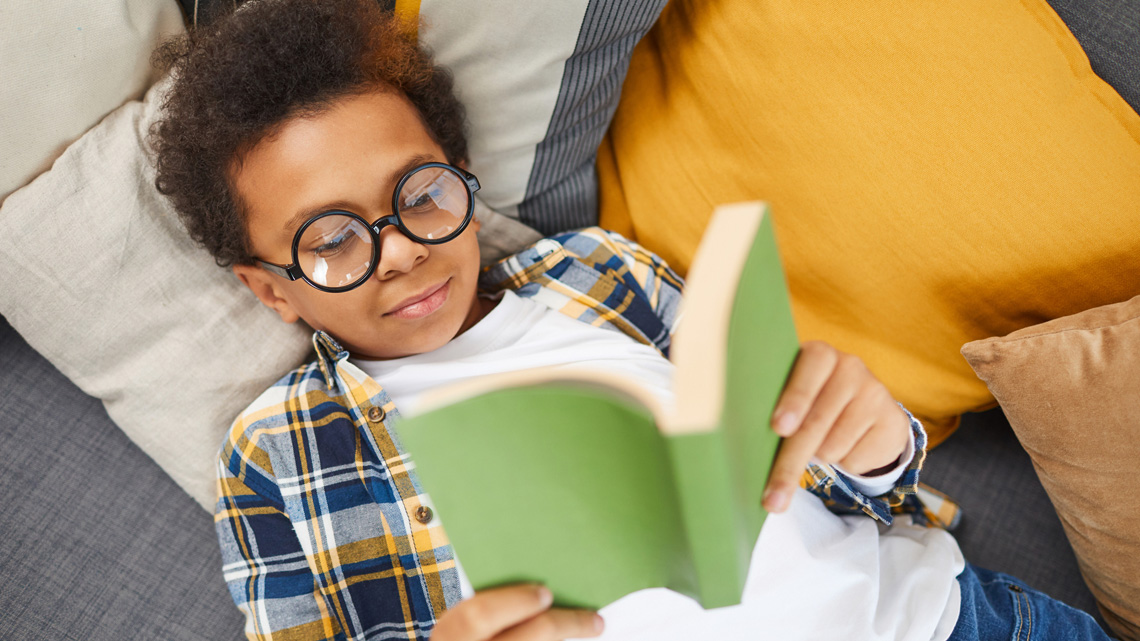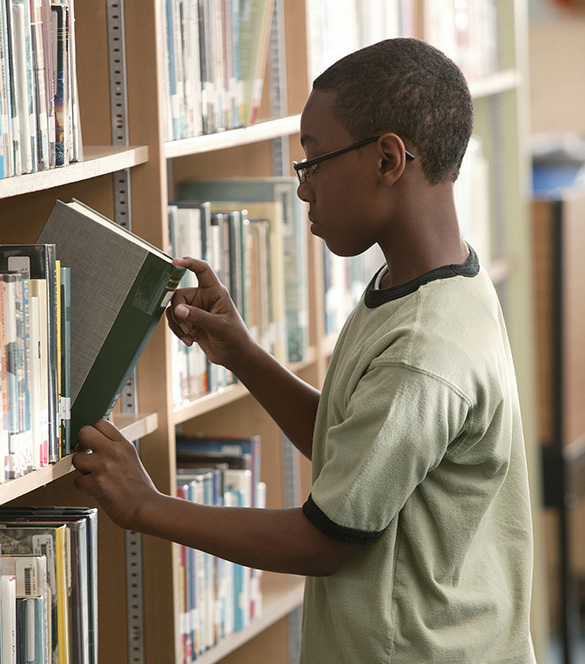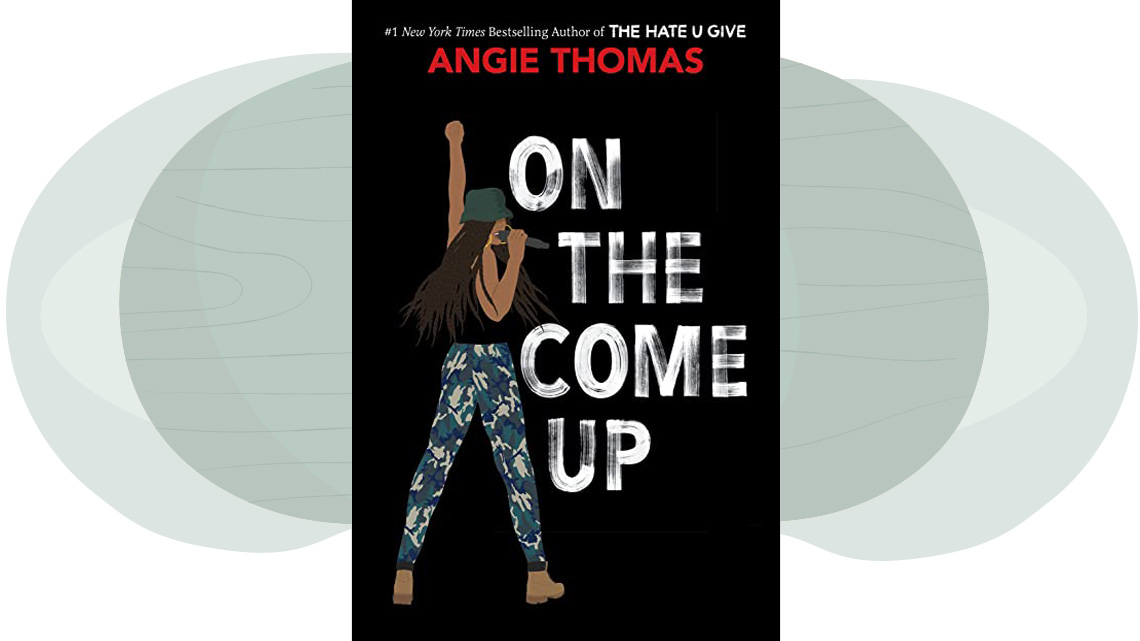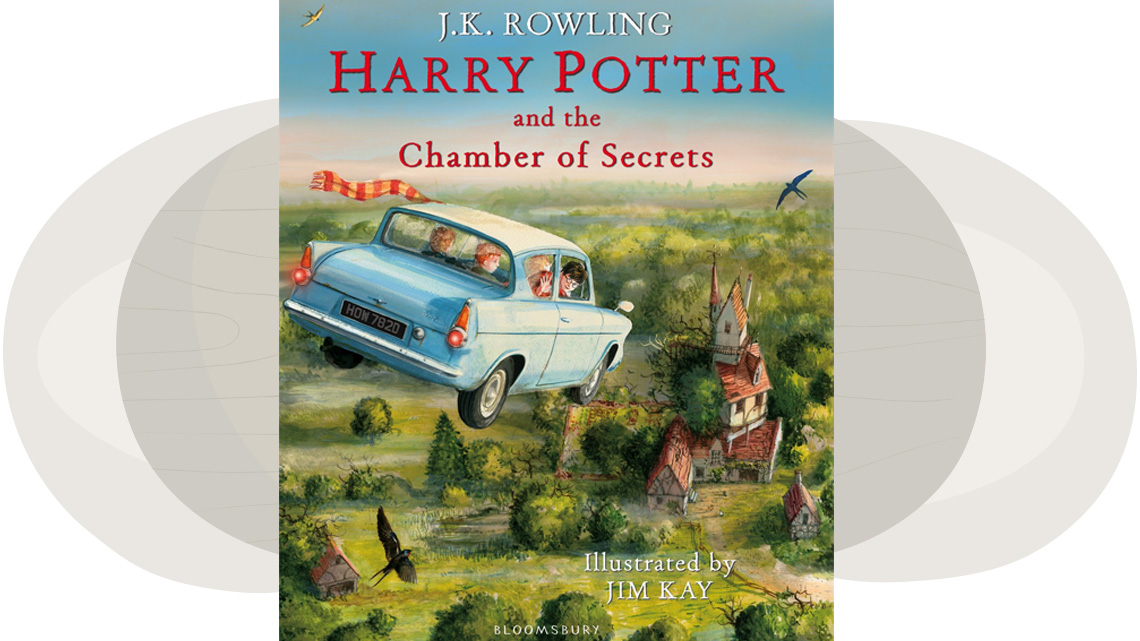Minds On
Defining text-to-self

As readers, we can deepen our understanding of texts by connecting the ideas in them to our own knowledge, experience, and insights.
Take a moment to consider what it means to make text-to-self connections.
- What is an example of a text-to-self connection?
- Why are text-to-self connections a useful reading strategy?
Record your responses using a method of your choice.
Action
Task 1: Applying the definition
Now that you have come up with a definition of text-to-self you are going to have the opportunity to practice making text-to-self connections by exploring these book jackets.
The first book jacket is a novel by Angie Thomas called On the Come Up about a young girl who is interested in being a famous rap artist. The cover includes an image of Bri with a microphone in her hand and her fist in the air.
The second book jacket is the art version of J.K. Rowling’s book series, Harry Potter and the Chamber of Secrets. This is the story of Harry Potter and his adventures at his school of Wizardry, Hogwarts. This version of the book has an image of Harry Potter and his friend’s brothers in their car, flying over their hometown.
The third book jacket is the cover of a Marvel Comics Encyclopedia. This gives information about all characters within the Marvel Universe. This cover has some of these characters in action.
As you explore these book covers and descriptions of the texts, choose one text that you can make a text-to-self connection to. Consider the following when you are making text-to-self connections:
- How do I relate to this text on a personal level?
- Are there similarities to this text and my own personal experiences?
- Are there differences to this text and my own personal experiences?
- Which element of this text connects to your own knowledge and experiences – the setting? Characters? Theme? Problem? Solution?
It is important to note that when you are making connections, you must discuss both sides of the connection – in this case, your knowledge or experiences AND the text itself.
Task 2: Finding a text to connect to

You are going to choose a book, preferably one you are currently reading or listening to. The goal is to identify the connections you can make between your book and your personal experiences, feelings, and life.
Explore the following text-to-self connection ideas:
- Connections to feelings
- Connections to personal experiences
- Connections to your life
Complete the Text-to-Self Connections Chart in your notebook or using the following fillable and printable document.
| Making Connections Text-to-Self |
||
|---|---|---|
| Book Choice: | ||
| Connections to personal experience | Connections to feelings | Connections to life |
|
Example: The character’s favourite season is spring and so is mine... |
Example: the character felt excited for their friend and I have felt that way before when... |
Example: the character grew up in a big city and I did as well... |
Press the 'Activity' button to access the Text-to-Self Connections Chart.
Consolidation
Discussion
Now that we have begun to form your text-to-self connections with the book that you are currently reading or listening to, it's time to reflect on your learning.
Ask yourself:
What can I learn from the connections I can make to the books I read or listened to?
Document your ideas using the method of your choice (for example, brainstorm out loud and record using a device of choice, type or write and record your response in a journal, or create a graphic organizer, etc.).
Consider the connections formed between the books you and your peers have read or listened to and your own lives as well as the definition of text-to-self connections you created during the Minds On section.

Reflection
As you read the following descriptions, select the one that best describes your current understanding of the learning in this activity. Press the corresponding button once you have made your choice.
I feel...
Now, expand on your ideas by recording your thoughts using a voice recorder, speech-to-text, or writing tool.
When you review your notes on this learning activity later, reflect on whether you would select a different description based on your further review of the material in this learning activity.


